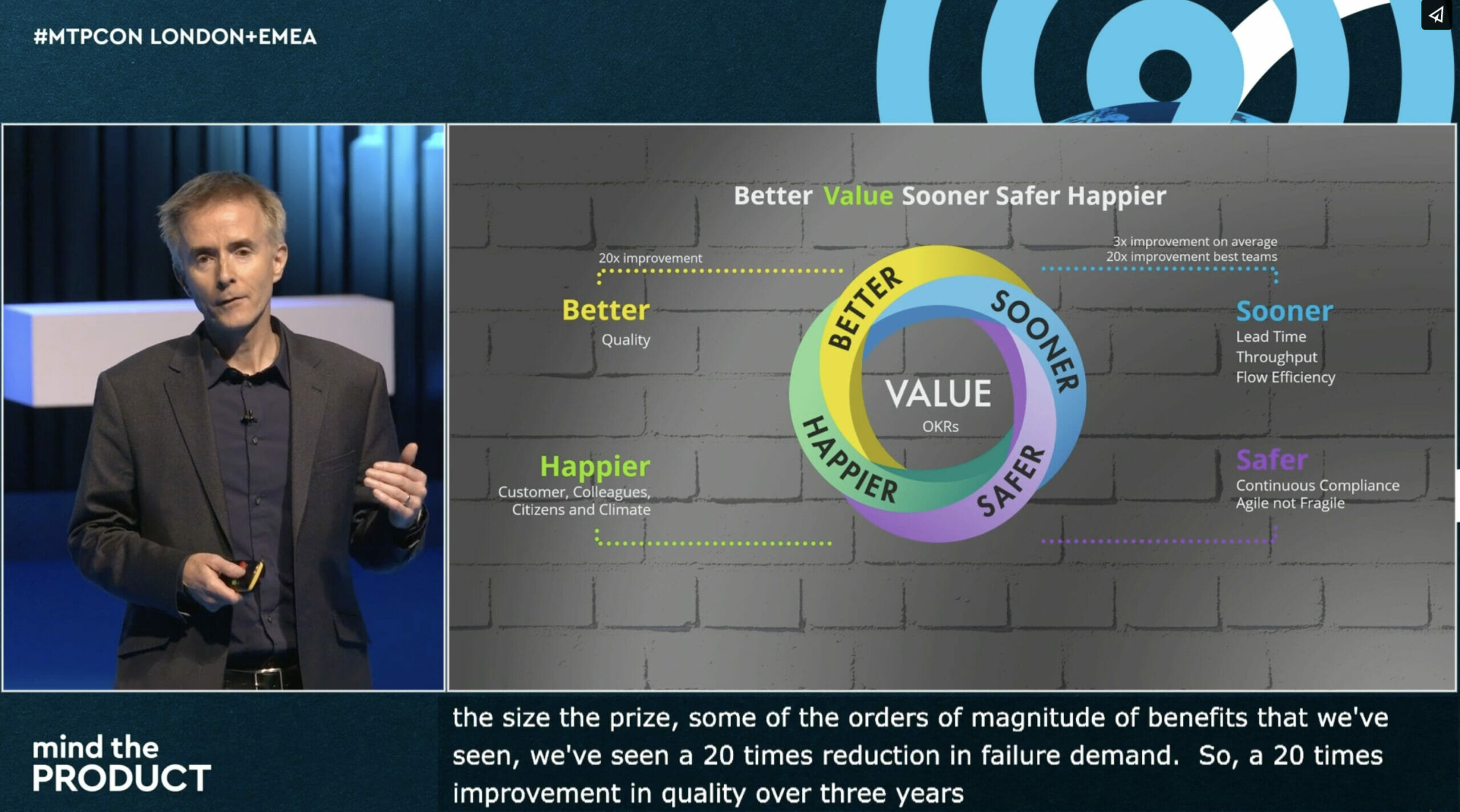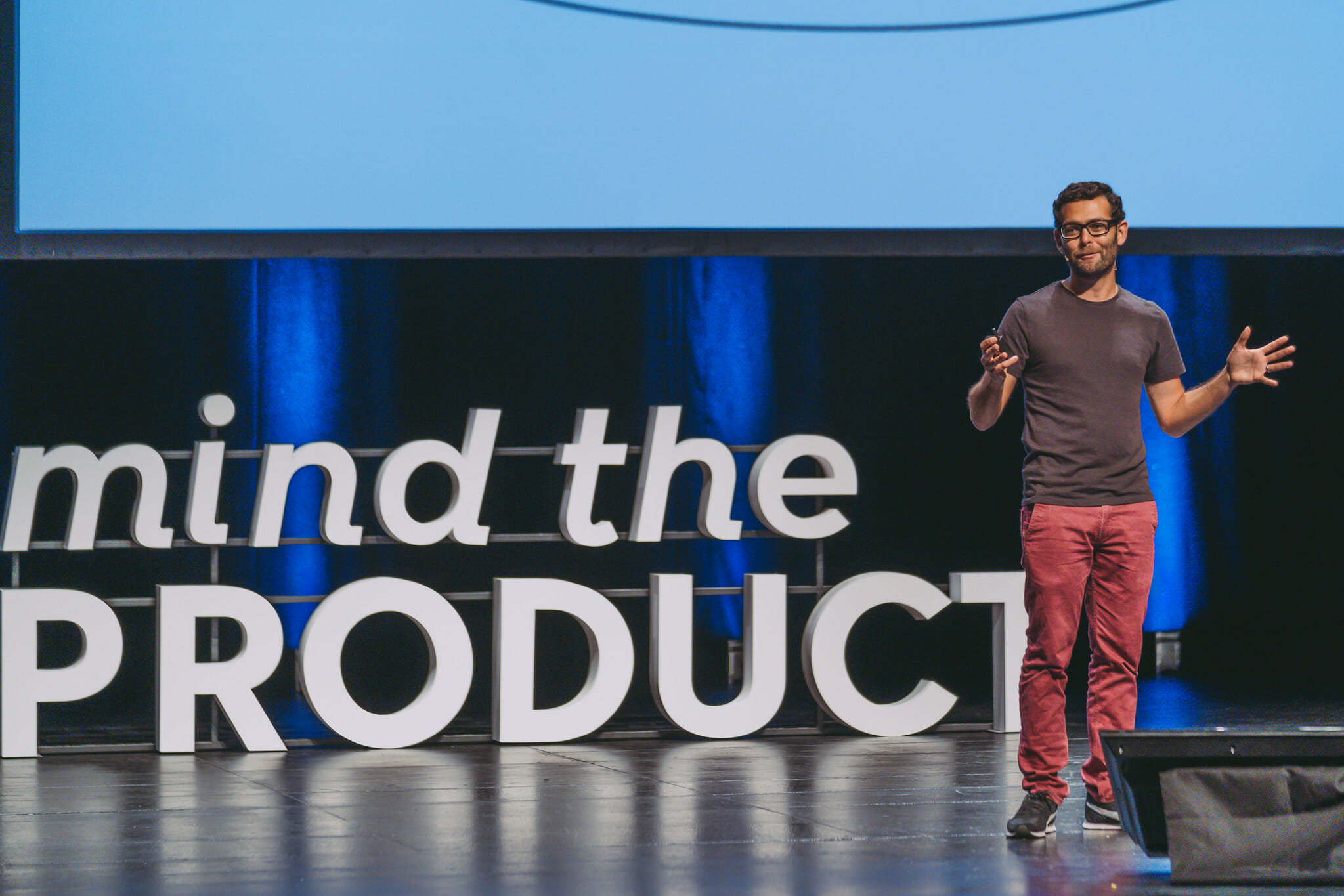Eric Menzie, CRM Head of Product at Wells Fargo Securities, talks to ProductTank New York about How to Win Enterprise User Buy-In. Eric shares six important User Buy-In lessons that are applicable to both enterprise and consumer product management.
#1 Find out What Really Matters
“If I had asked people what they wanted, they would have said faster horses.”
– Henry Ford
With so many stakeholders and complex requirements, enterprise product management may seem difficult at first. However, the core of product management is about having conversations with your stakeholders. Engage with stakeholders to find out what really matters, but remember, if you accept every stakeholder’s request, you will end up with a screen with a hundred buttons. Save your product by saying no.
#2 Consider Users’ Time
Your product will most likely have many types of users with different attention spans. You need to make your products versatile enough to serve this variety. Take a step back and ask yourself:
What will they want to accomplish with my product? How much time do they have?
#3 Eliminate the Silo
What if someone came to your desk and said: “You’re going to need to document everything you’ve done, and that includes your user research data, customer and market insights, SQL scripts, and everything else and lastly, save it in the company-managed cloud storage,” how would you feel? Most people would be alarmed and wonder if this was a sign of a forthcoming lay-off.
That’s exactly how salespeople at his company reacted when Eric asked them to type in their sales information into his product. They were unhappy and resisted using his product. Eric had to find a way to get them to use the product, so he restructured its user experience. He added value to the system for salespeople. He made it easier for them to pull data from the system by letting them download their sales data in their favourite format: Excel. Seeing how easy it was pull information from the app, end users started using it.
Lesson learned: If you want your users to import data into your product, make it just as easy for them to pull it out again.
#4 Add Value with Your App, Even for Users who Never Log in
In a lot of enterprises, senior managers want to retrieve some data but don’t have the time to sit down learn how to use your product. Many product managers would consider it a product failure because their users aren’t using it. However, Eric argues that end users don’t have to “live in the application” to get value out of it. What they really need could be just SMS or automated email reports. Think creatively about how users (especially senior management) can connect differently with a product.
#5 Your Worst Users Give the Best Feedback
In another example, Eric was demonstrating a new feature to 30 traders. “Hey guys, here’s a new bit of functionality,” Eric said, “and here’s how to enter your meeting.” A trader then got up and expressed his deep frustration that he was now required to record his meetings. It made Eric think that maybe he should revisit the screen.
He had a series of conversations with the trader in order to learn from him and then made it easier for traders to enter their meetings. The unhappy trader still wasn’t happy, but he was now entering his meetings. In the end, Eric came to form a great relationship with an important stakeholder. This is especially important in an enterprise because product managers must seek the buy-in of senior business managers. The product manager’s job is to make products useful, not just for recent college graduates but also for those generations who have never had to pay attention to technology.
#6 Celebrate Power Users and Gain Strong Relationships
Power users can become your best allies, so work with them. Send them a thank-you note, and stop by their office. Loop them in your process, and they will want to see you succeed. Convert them into evangelists and plant them in your audience, creating a network effect and attracting more people to try your product.







Comments 0